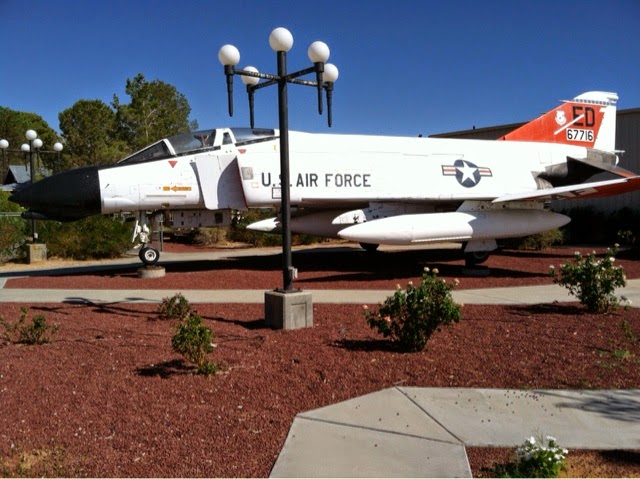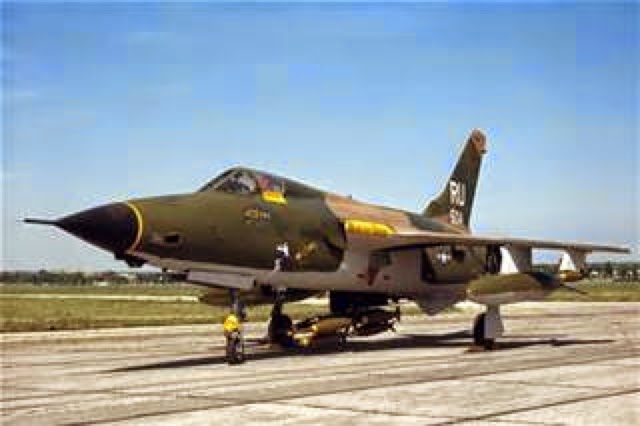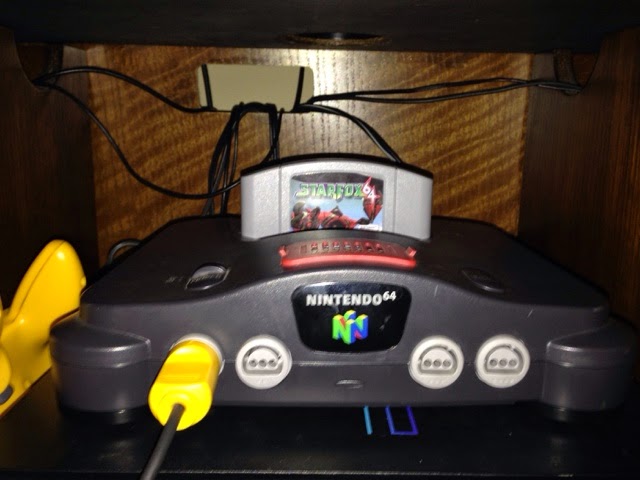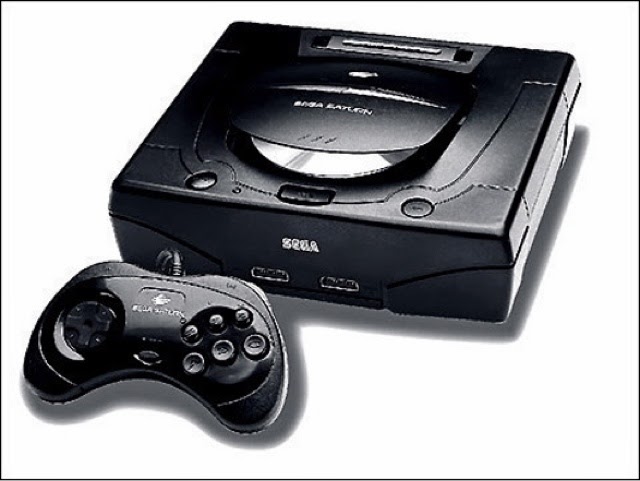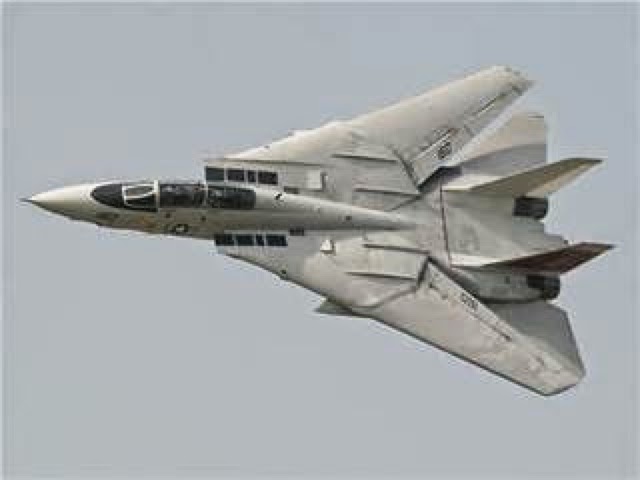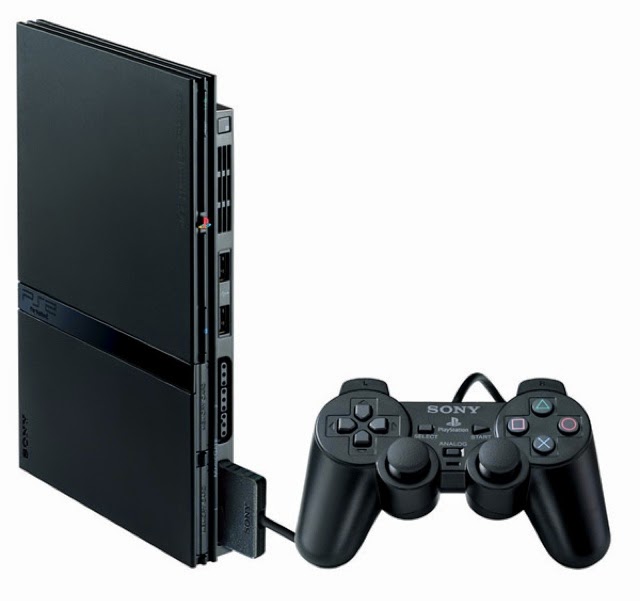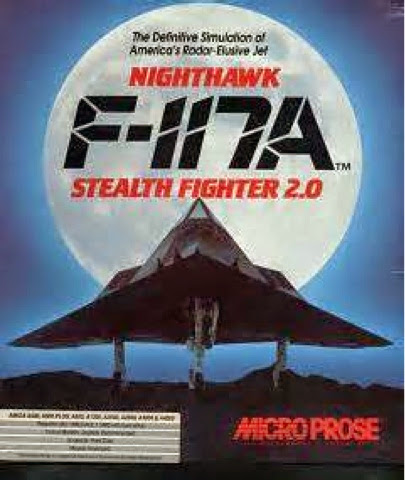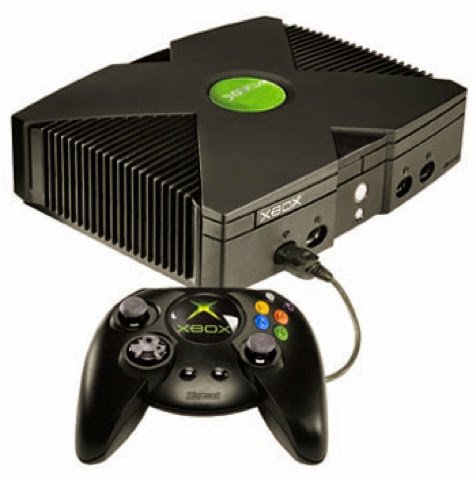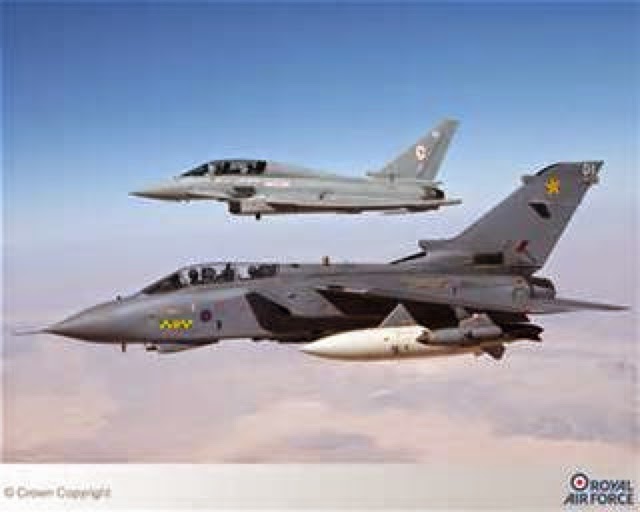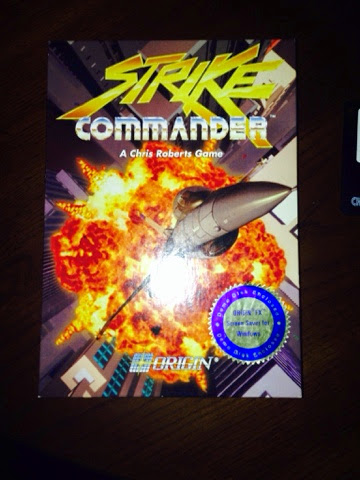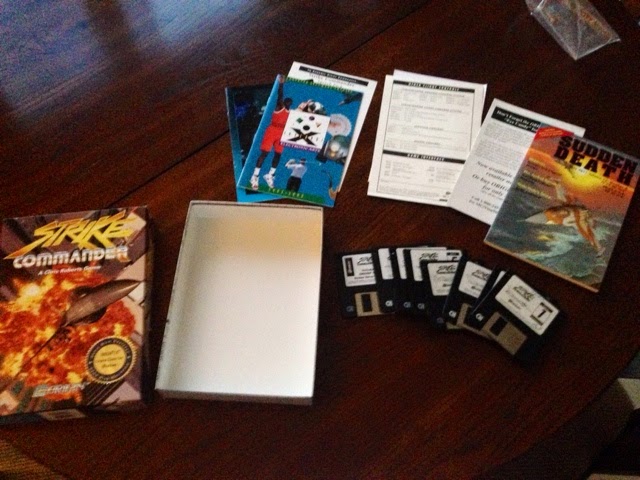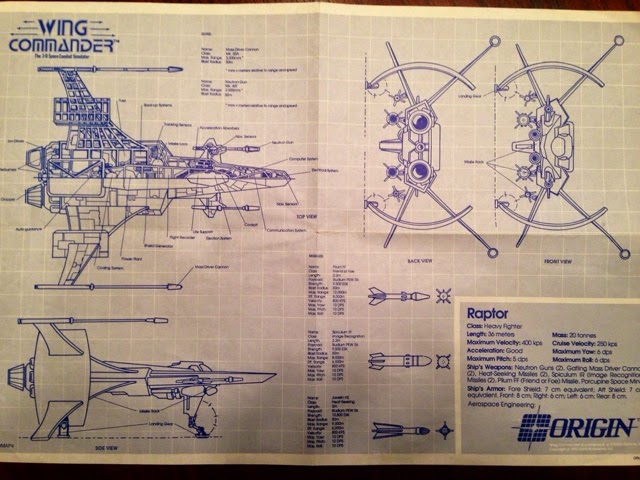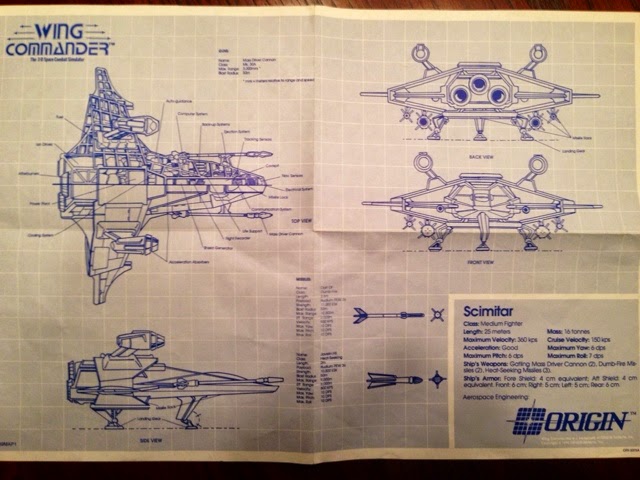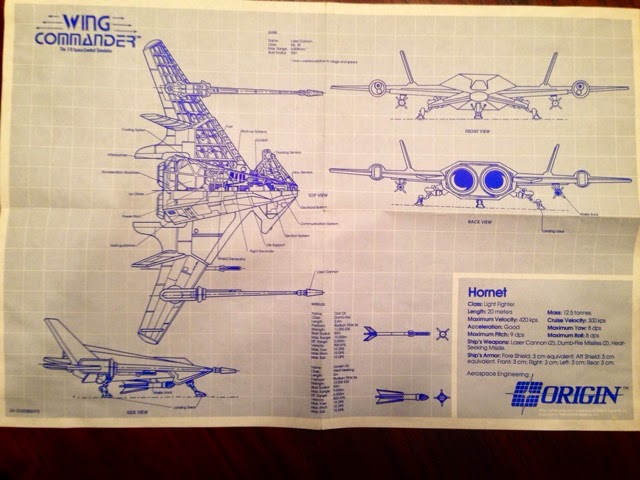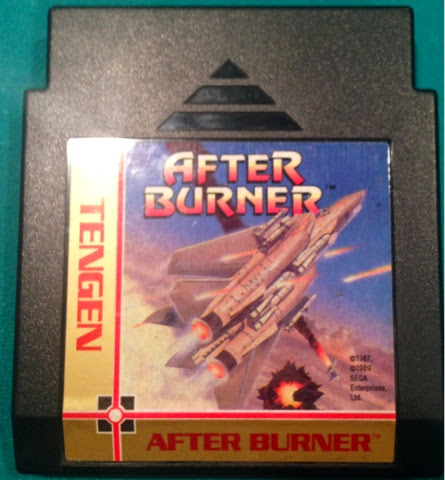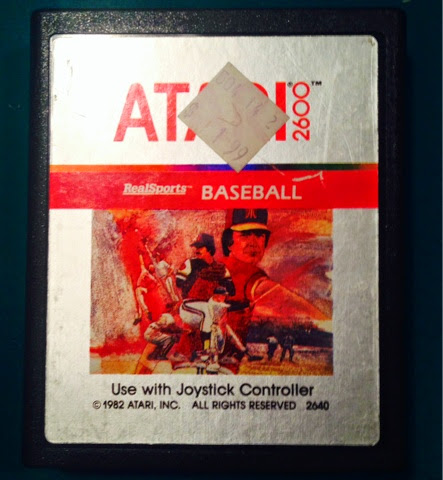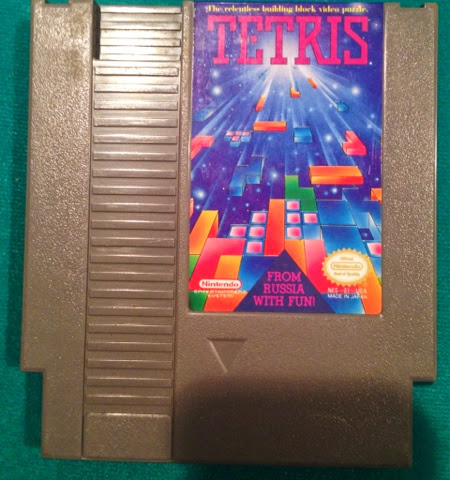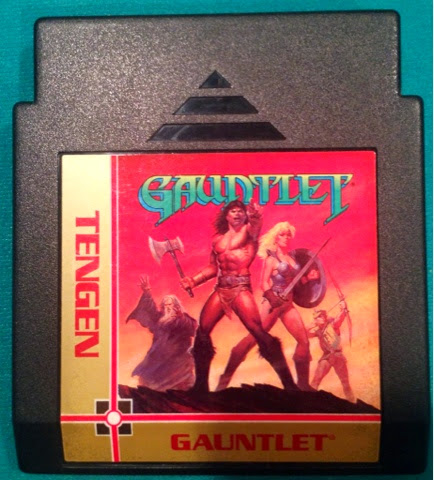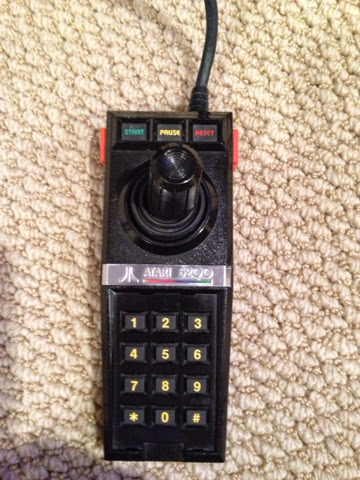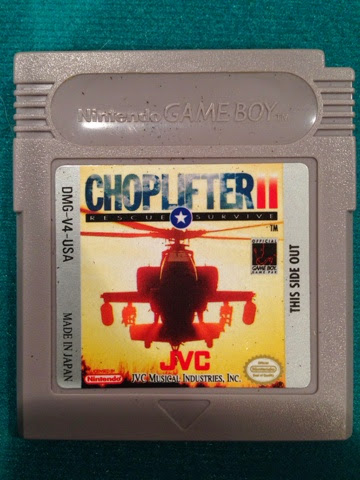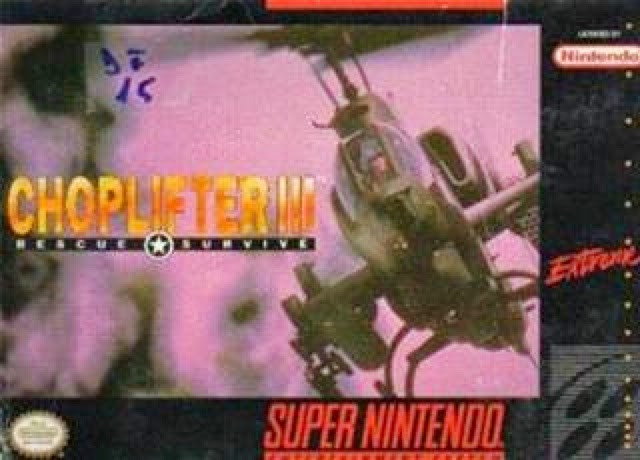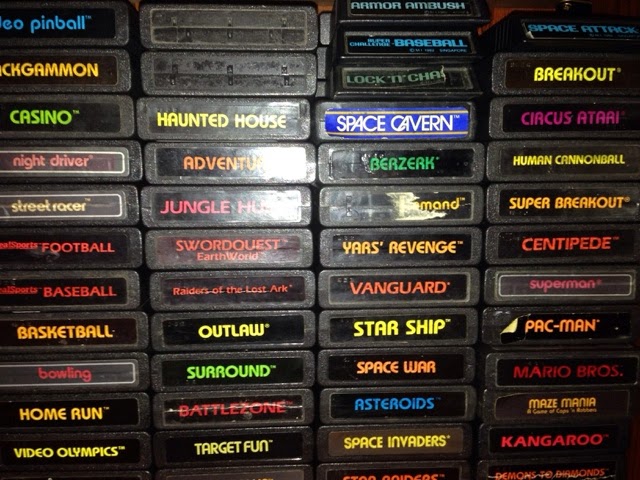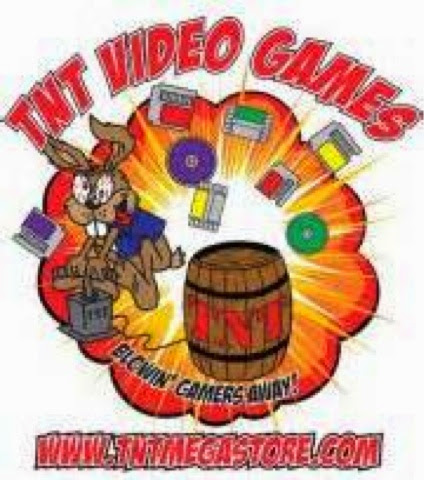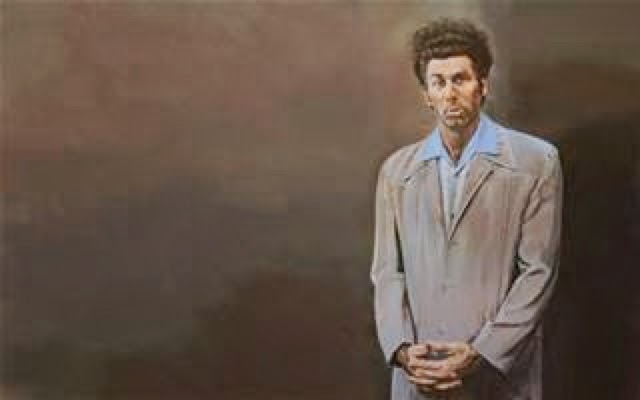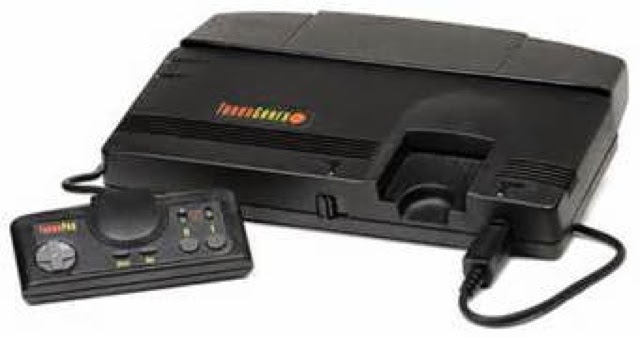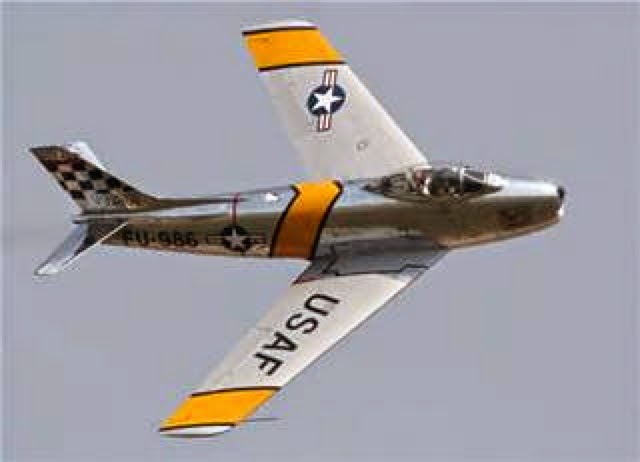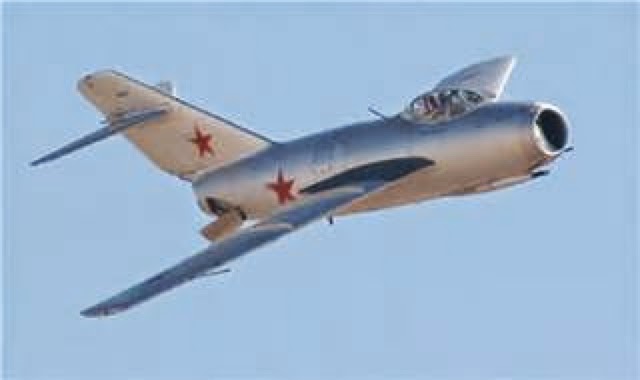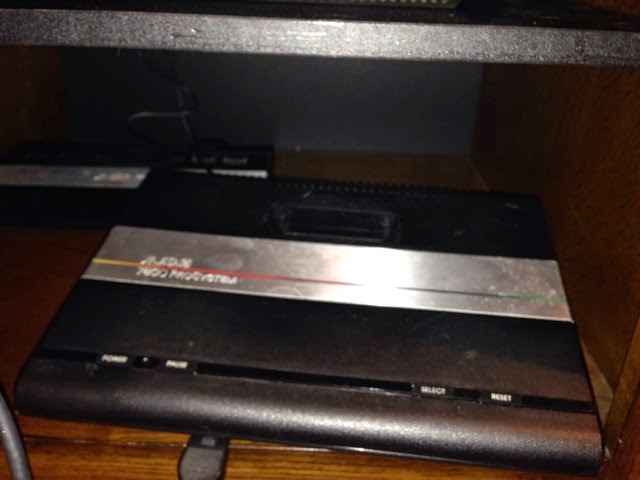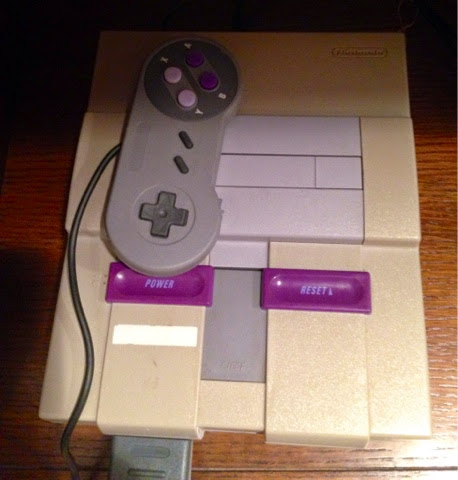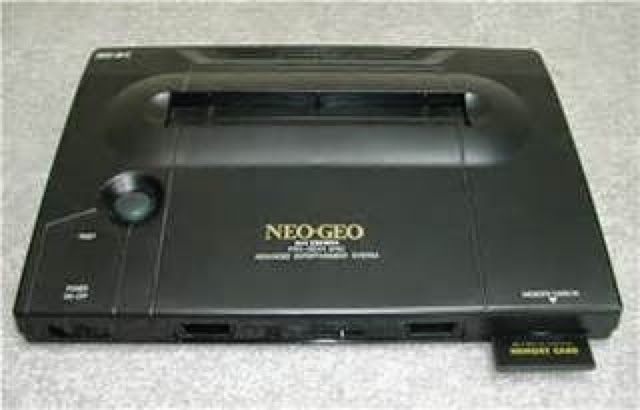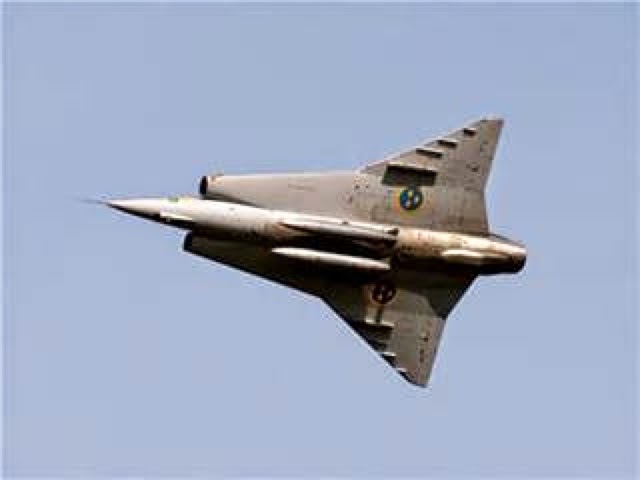Gen 5 Gaming and Gen
3 Fighters
For jet fighters in gen 3 like consoles in gen 5 there is an
argument that gen 3 started the era of the first modern fighters. Super-sonic
afterburning twin engines and sleek designs, coupled with advanced radar,
avionics, and weapons systems certainly backed that argument.
Pic F-4 Phantom II and PlayStation
The McDonnell-Douglas F-4 Phantom II defined gen 3. It was
the primary air superiority fighter and multi-role aircraft for both the USAF
and US Navy and saw a ton of action in Vietnam. It achieved worldwide acclaim,
and still serves in the air forces of many other countries worldwide. With
advanced avionics, radar, multi-weather capability, and Mach-2 afterburners it
was jet fighter for the modern world. However, time tells us a different story
about the Phantom II. Its early models where gun less relying only on missiles,
which were terrible in that era for air combat encounters, on top of that it
was a gas guzzler, using most of its fuel just getting off the ground, and was a
nightmare for her maintenance crews.
The PlayStation (1), like the F-4, was the epitome of its
generation. It had great graphics, smooth CD visuals and music, awesome
controllers, and a huge library. It was an international and almost instant
success. It was the start of something new for both Sony and gamers, that would
leave a legacy. But, our beloved PlayStation had its issues too, like slow disc
loading times, and somewhat janky control.
Pic F-105 and N64
The Republic F-105 Thunderchief, the “Thud” had its roots in
Gen 2’s Century Series, but was much more of aGen 3 fighter. Afterburner,
Vulcan 20, missiles and all the F-105 like the F-4 was a Vietnam workhorse, but
sadly was often relegated to being a fighter/bomber with heavy emphasis on the
“bomber” part. The F-105 served long and venerably into the conflict eventually
becoming the first aircraft to work as “Wild Weasels”.
The N64 like the F-105 was its generations workhorse.
Clearly it belonged in Gen 5’s 64-bit world but its cartridge was a reminder of
its Gen 4 roots. The N64 is still a crowd pleaser, and has even become the
system to own amongst those who weren’t even born or still in infancy when it
arrived on the scene.
Pic Mig-25 and Sega Saturn
The Mig-25 was on paper a visionary concept. Mach 3 speeds,
and high altitude capability should have made it a nightmare for the Mach 3
Bombers the USAF had imagined with the XB-70 Valkyrie. Sadly, the ultra-cool
XB-70 program fall apart on the USAF, leaving the Soviets holding the bag with
the limited roll Mig-25. The USAF went
to the still supersonic B-58 Hustler, a bomber that with advanced avionics
hugged the ground mitigating the Mig-25 capabilities even more. The Mig-25
which is still in service around the world, will be remembered for being
innovative, but still somewhat useless.
Like the Mig-25 the Sega Saturn was impressive on paper, and
its capabilities top notch. But, with the Sega 32x, being very quickly followed
on the scene by the Sega Saturn, many consumers and retailers felt their heads
spinning. Even Sega seemed to have their heads spinning as the Saturn arrived
with virtually no fan fair or announcement. The Saturn fall flat on its face,
and Sega now felt the burden of the PlayStation on their backs. Today the
Saturn is still not very well known, but collectors love it.
Generation 6 consoles are a sensitive topic amongst retro
gamers. Most retro gamers will staunchly fight any idea of Gen 6 being retro,
stating the PS2 and Xbox make this the modern era. Others point out that Gen 6’s corded controllers and offline
gaming, make it the last generation of retro consoles, but sadly they are a
minority.
Gen 4 is the era of the greatest jet fighters of all time at
least in my opinion. This is the generation when everything comes together.
After gen 4 though much like after gen 6 in gaming it becomes a slightly
different world, as drones take there place.
Pic F-14 and PS2
The F-14 Tomcat is an icon! The star of Top Gun, the fleet defender, and the awesome swing wing Mach-2+
carrier fighter of the US Navy. The F-14 is no longer in service but when
anyone says Top Gun or carrier
fighter to you try not imagining this bad boy. The F-14 was built to intercept
enemy bombers and missiles inbound for the carrier task force. The F-14 was
almost purely used as a fighter, armed with its medium range Phoenix missiles,
Vulcan 20, and Sidewinders, but saw some action in the Gulf War as a fighter
bomber.
The PS2 defined gen 6! I don’t care if you’re a Nintendo,
XBOX, or Sega fanboy, you have to admit Gen 6 was PS2’s bitch. It was the first
ever entertainment platform console, it was a video game console, a DVD player,
and could go online to game. It was and is still one of the best-selling, and
longest living video game consoles to have ever been made. Great graphics and
excellent control seemed to define it.
The F-117 Stealth Fighter is technically not a fighter even
though it is designated as one. Its fighter designation actually comes from its
predecessor program the F-19 which was an experimental flirtation with a
stealth fighter. The F-117 had no guns (those are IR sensors on the front not
guns), and although it could carry air-to-air missiles in its bomb bay never
did. The F-117 would actually be an attack aircraft or A-117 but “a rose by any
other name” right? The F-117 was filled to the brim with cool stuff, and would
show up at airshows with armed guards around. We loved it because it looked
cool, and like it was from the future.
Pic Tornado and Gamecube
The Tornado was a multirole, multinational aircraft
developed in Europe, but its primary user was Great Brittan’s RAF. The Tornado had swing wings, and some truly
awesome radar and avionics that allowed it to fly its missions only feet (we
are talking double digits) off the ground. As cool and as awesome of a warhawk
the Tornado is, its looks gave it more of a generation 3 look, harkening back
to the Mig-23, or F-111 Aardvark.
Pic Mig-29 and Sega Dreamcast
The Mig-29 was the USSR’s first true entrant into Generation
4. This thing was built to go head to head with the likes of the F-16 and F-15.
For the USSR though the entry was a little late in the game. The Mig-29 is
still a world class air superiority fighter that can go toe to toe with its
American counterparts.
The Dreamcast came to Gen 6 ready to compete with great
graphics on par with the PS2 and Xbox, online gaming capability, low profile
design, and unique controllers. The Dreamcast was a true competitor had the
potential to be a force to be reckoned with in Gen 6. The only problem was that
Dreamcast still lacked the kind of multimedia capability that PS2 and Xbox
possessed losing its bang for the buck factor right away. The Dreamcast would be
Sega’s swan song and it’s exit (most liely) from the console market.
